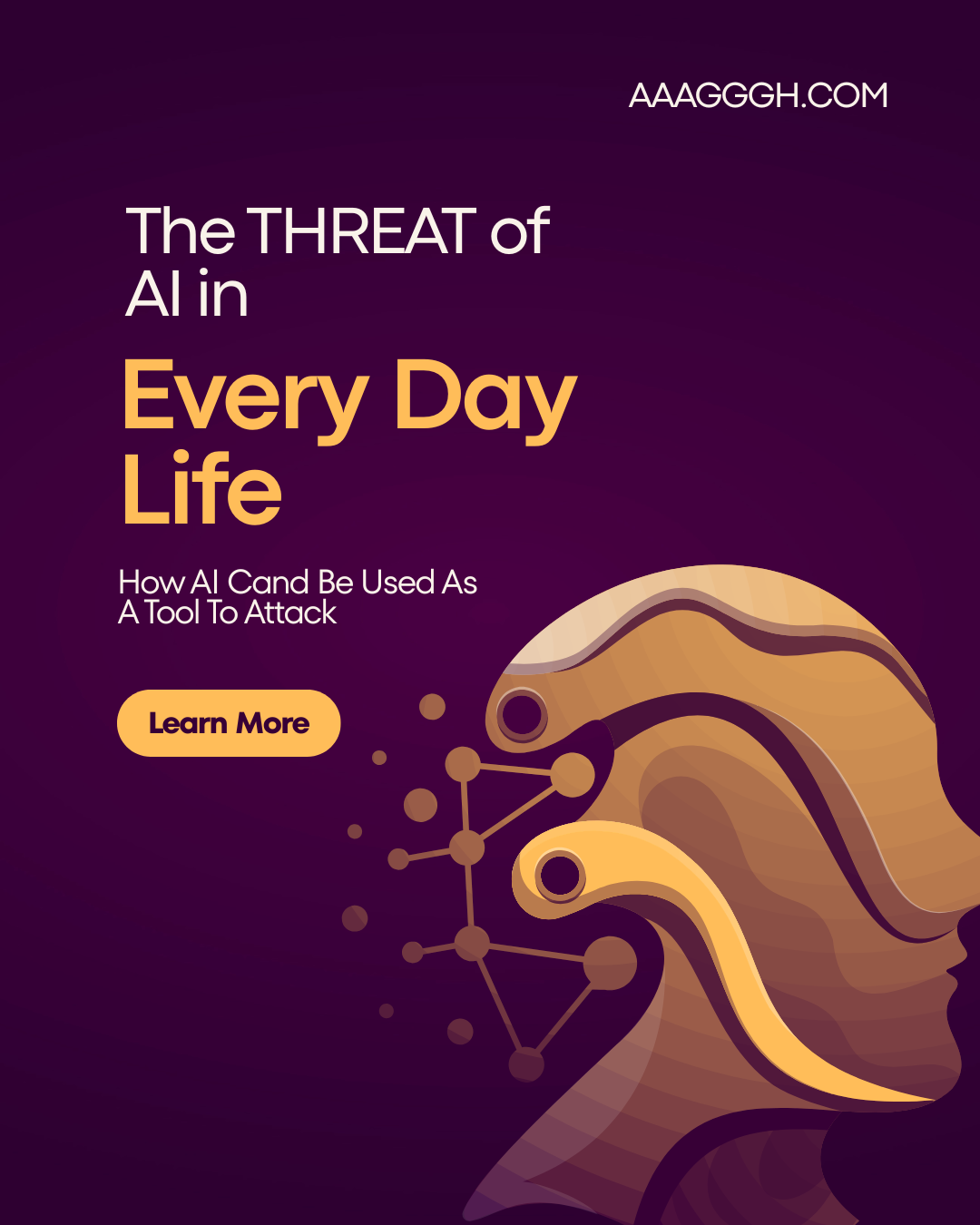In 2025, artificial intelligence is no longer just a tool for defense it’s also in the hands of attackers. AI-powered cyberattacks are becoming faster, more adaptive, and harder to detect. As organizations rush to embrace AI for automation and analytics, cybercriminals are using it to craft more convincing phishing emails, identify vulnerabilities in real time, and bypass traditional security measures.
Why AI Is Changing the Threat Landscape
Traditionally, cyberattacks required time, manual effort, and specific technical skills. AI changes that equation by:
Automating reconnaissance AI can scan massive amounts of public data to profile targets in seconds.
Generating realistic content Deepfake audio and AI-written phishing messages are almost indistinguishable from legitimate communication.
Adaptive attack methods AI-driven malware can modify its behavior to evade detection dynamically.
Real-World Examples
AI Voice Cloning Fraud: Attackers used synthetic voice models to impersonate CEOs and authorize fraudulent wire transfers.
Generative Phishing: Large Language Models (LLMs) created phishing emails free from common grammatical errors, boosting their success rate.
Automated Vulnerability Discovery: AI algorithms scanned corporate systems for zero-day flaws before security teams could patch them.
Defensive Strategies Against AI-Powered Threats
Adopt AI for Defense AI can monitor network traffic for anomalies, detect suspicious login patterns, and respond to threats in near real-time.
Zero Trust Architecture (ZTA) Assume no user or device is trustworthy by default. Require continuous verification.
Behavioral Biometrics Monitor user behavior patterns like typing speed and mouse movement to detect impersonation.
Continuous Security Training Teach employees how to spot deepfakes, AI-generated messages, and sophisticated phishing attempts.
Threat Intelligence Sharing Participate in industry-specific intelligence networks to learn about emerging AI-based attack methods.
Looking Ahead
AI isn’t inherently good or bad it’s a tool. The difference lies in whose hands it’s in and how it’s used. Businesses that ignore AI-driven threats risk falling behind attackers who are already exploiting them. Those who embrace AI defensively, however, will have the upper hand in the digital arms race.
Key Takeaway:
Your best defense against AI is not to avoid it, but to master it. In cybersecurity, staying ahead means not just reacting to new threats, but anticipating them — and in the age of AI, that means fighting algorithms with algorithms.
The Rise of AI-Driven Cyberattacks And How to Defend Against Them
